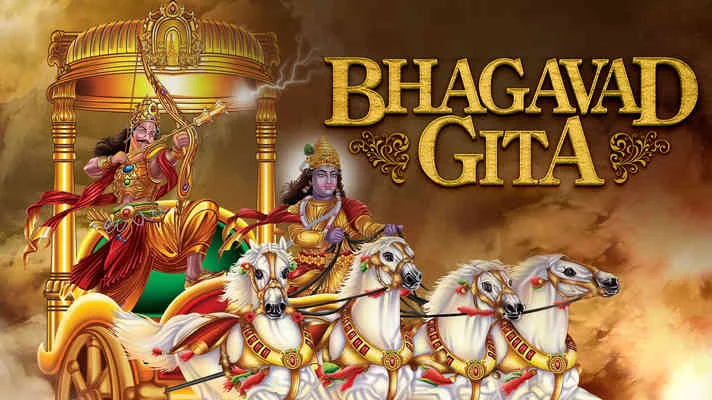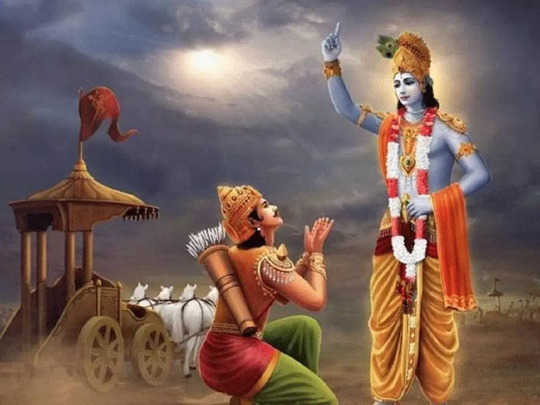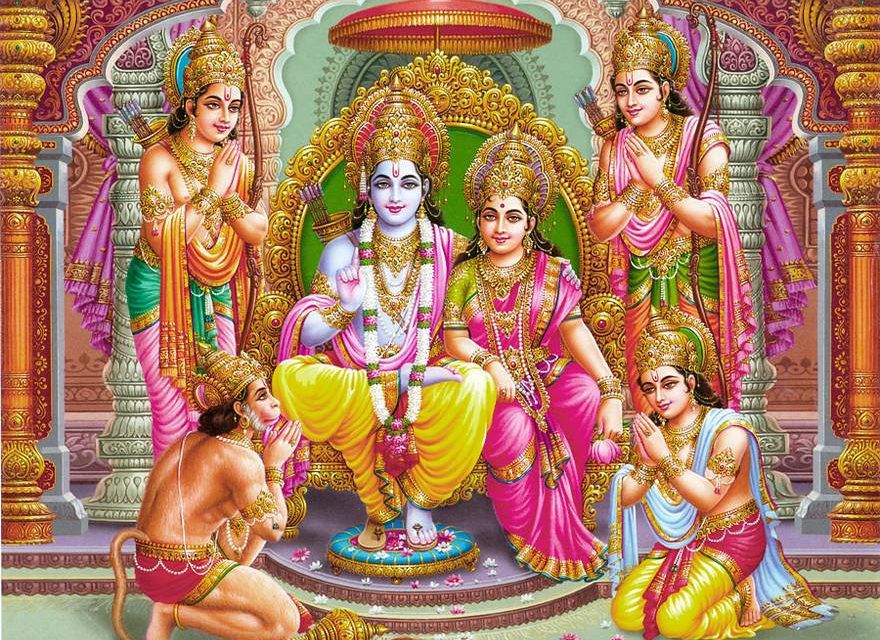The Bhagavad Gita: The Bhagavad Gita is a sacred text that has been revered by millions of people across the world for centuries. This spiritual guide is a part of the epic Hindu text, the Mahabharata, and is considered to be one of the most important works of ancient Indian literature. It is a dialogue between Lord Krishna and his disciple Arjuna, and it contains teachings on a wide range of topics, including ethics, spirituality, and the nature of the self. In this article, we will explore the Bhagavad Gita in depth, examining its historical context, its central teachings, and its relevance for modern-day readers.
Historical Context

The Bhagavad Gita is believed to have been written between the fifth and second centuries BCE, during a period of significant cultural and religious change in India. This was a time when the caste system was becoming more rigid, and there was a growing interest in spiritual practices such as yoga and meditation. The text was written in Sanskrit, the language of ancient India, and it was intended to be a guide for those seeking spiritual enlightenment.
Central Teachings
The Bhagavad Gita contains a wealth of teachings on a variety of topics. One of its central themes is the concept of dharma, or duty. Lord Krishna encourages Arjuna to fulfill his duty as a warrior, even though he is hesitant to engage in battle with his own family members. Krishna explains that fulfilling one’s duty is the path to spiritual liberation, and that it is better to die in the performance of one’s duty than to live a life of inaction.
Another important theme in the Bhagavad Gita is the nature of the self. Krishna teaches that the true self is not the body or the mind, but rather the eternal soul that exists within each of us. He encourages Arjuna to detach himself from his attachment to his body and his emotions, and to focus instead on the eternal nature of the self.
The Bhagavad Gita also contains teachings on the nature of God. Lord Krishna explains that God is present in all things, and that the ultimate goal of spiritual practice is to attain union with God. He teaches that there are different paths to God-realization, including the path of action (karma yoga), the path of knowledge (jnana yoga), and the path of devotion (bhakti yoga).
Relevance for Modern-Day Readers

The teachings of the Bhagavad Gita continue to be relevant for modern-day readers. Its emphasis on duty, detachment, and spiritual realization can provide guidance for those seeking to live a meaningful and purposeful life. Its teachings on the nature of God can help to deepen one’s understanding of spirituality and provide a framework for spiritual practice. And its emphasis on the eternal nature of the self can help to counter the materialistic and superficial values that are so prevalent in contemporary society.
The Bhagavad Gita is a profound and inspiring spiritual guide that has influenced countless individuals over the centuries. Its teachings on duty, detachment, and spiritual realization continue to be relevant for modern-day readers, and its emphasis on the eternal nature of the self provides a powerful antidote to the materialistic values of contemporary society. Whether you are seeking spiritual enlightenment or simply looking for guidance on how to live a meaningful and purposeful life, the Bhagavad Gita is a text that is well worth exploring.
Read Also: Amarnath Yatra
![]()






One thought on “Bhagavad Gita”